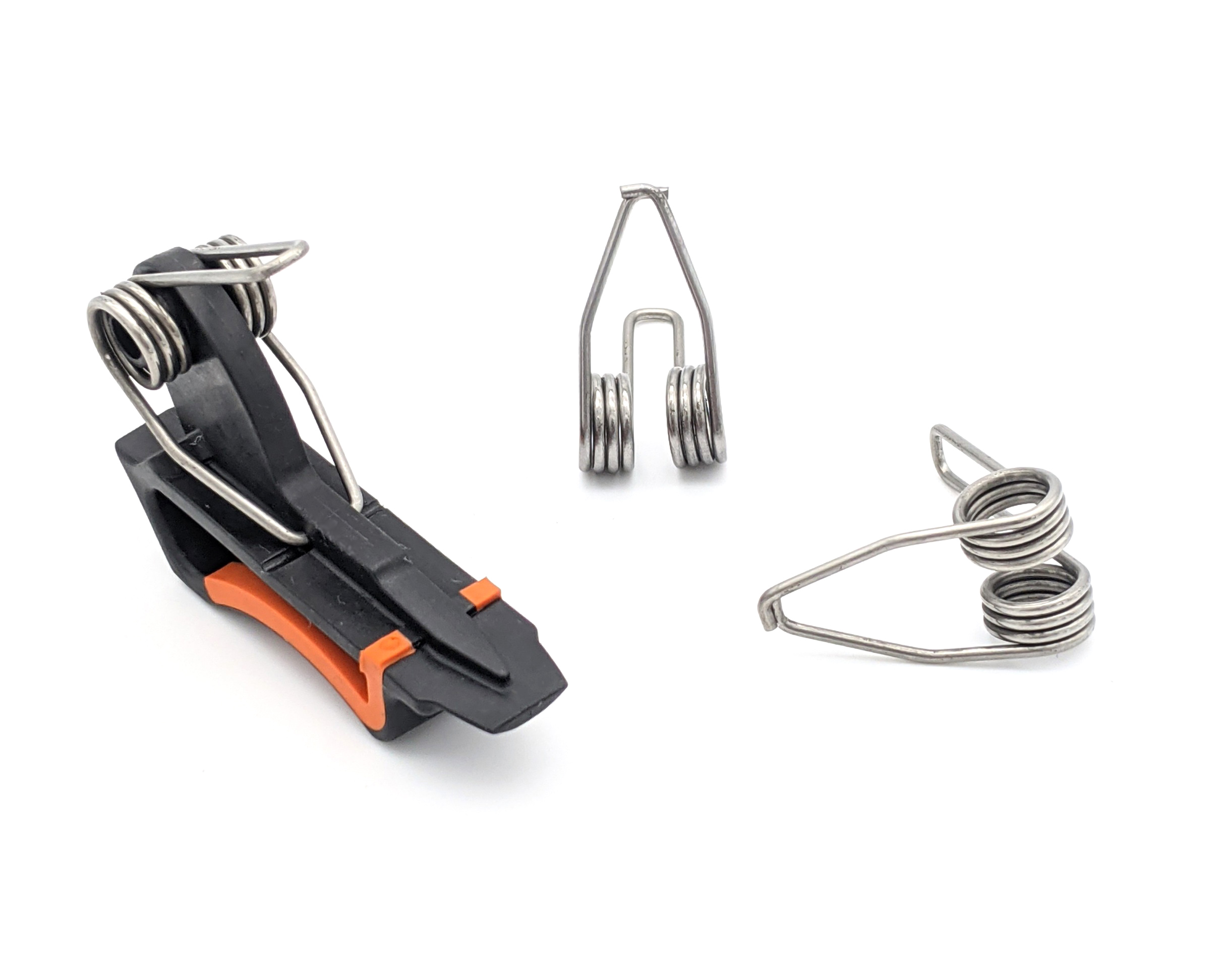Get unique, complex parts easily. No matter your requirements, Chaoyi Spring creates hard-to-produce coil springs and wire forms.
Let us help you create the custom wire form you need, from S-hooks and J-hooks to utility hooks and more.
We work closely with customers across a wide range of industries, helping them design and manufacture made-to-order parts.
Why choose Chaoyi Spring? We prioritize customer-focused collaboration, modern equipment and the latest technology to make your parts per print.
Find the information and guidance you need, from measuring a spring to learning about materials, placing an order and much more.
Compression springs, those coiled wonders of metal, are ubiquitous in our modern world, silently supporting and shaping countless objects and mechanisms. From the simple act of opening a door to


Compression springs, those coiled wonders of metal, are ubiquitous in our modern world, silently supporting and shaping countless objects and mechanisms. From the simple act of opening a door to the complex workings of a car engine, compression springs play a vital role in our daily lives. But despite their constant presence, these seemingly simple devices are marvels of engineering, designed with precision and purpose to deliver specific forces and movements. In this article, we will delve into the fascinating world of compression springs, exploring their construction, types, applications, and the scientific principles that govern their behavior.

Compression springs, as the name suggests, are designed to resist compression forces. They are typically made of coiled wire, often spring steel, that is wound into a helical shape. When a compressive load is applied to the spring, it shortens in length, storing elastic potential energy. Once the load is removed, the spring returns to its original length, releasing the stored energy.
The behavior of compression springs is governed by Hooke's law, a fundamental principle of physics. This law states that the force exerted by a spring is directly proportional to its deformation (change in length). In other words, the more you compress a spring, the more force it exerts back. This relationship can be expressed mathematically as:
F = -kx
Where:
F is the force exerted by the spring
k is the spring constant, a measure of the spring's stiffness
x is the deformation of the spring
The negative sign indicates that the force exerted by the spring is opposite in direction to the applied load.
Compression springs come in a wide variety of shapes and sizes, each designed for specific applications. Some common types include:
1. Helical Compression Springs: The most common type, characterized by their helical coil shape. These springs are versatile and can be found in numerous applications.
2. Torsion Springs: Unlike helical springs that compress along their axis, torsion springs resist twisting forces. They are often used in mechanisms that require rotational movements.
3. Conical Compression Springs: These springs have a conical shape, which allows them to provide a variable spring rate. This means that the spring becomes stiffer as it is compressed further.
4. Volute Springs: Volute springs are designed with a tapered coil shape, which allows them to compress without the coils touching each other. This is useful for applications where large deflections are required.
5. Belleville Washers: These disk-shaped springs are commonly used to apply tension to bolts. They offer a high spring rate and can be stacked to achieve different spring characteristics.
Compression springs are truly versatile, finding their way into a wide range of applications, from everyday objects to complex machinery. Here are a few examples:
1. Automotive Industry: Compression springs are essential components in vehicle suspension systems, helping to absorb shock and improve ride comfort. They are also used in clutches, brakes, and other automotive mechanisms.
2. Consumer Products: You'll find compression springs in countless everyday products, such as pens, door closers, toys, and even clothing.
3. Industrial Machinery: Compression springs play a crucial role in industrial machinery, providing force, damping, and support for various operations.
4. Medical Devices: Compression springs are used in medical devices such as syringes, blood pressure cuffs, and surgical instruments.
5. Aerospace Industry: Compression springs are used in aircraft, rockets, and satellites for various applications, including landing gear, control systems, and vibration damping.
Selecting the appropriate compression spring for a given application requires careful consideration of various factors, including:
1. Load Requirements: What is the maximum load the spring needs to withstand?
2. Deflection: How much compression is needed for the application?
3. Spring Rate: What is the desired stiffness of the spring?
4. Material: What material will provide the necessary strength and durability?
5. Environment: What are the operating conditions of the spring (temperature, corrosion, etc.)?
Compression springs are often overlooked, but their importance in our world cannot be overstated. They are silent but powerful, providing essential force, support, and movement in countless applications. Understanding the science behind these springs, their different types, and their numerous applications helps us appreciate their remarkable role in shaping the world around us.
Whether you're enjoying a smooth ride in your car, using a pen to write a note, or marveling at the intricate workings of a complex machine, there's a good chance a compression spring is working hard behind the scenes. These seemingly simple devices are true marvels of engineering, and their importance to our modern world is undeniable.
Browse some of the custom wire forms and springs that we manufacture. Don’t see what you need? We specialize in made-to-order products that meet your application requirements.
Visit Our GalleryNeed a custom wire form or coil spring? We make it work. Fill out the contact form and a representative will respond within 1 business day. If you have a PDF or CAD file, you can submit to request a quote.